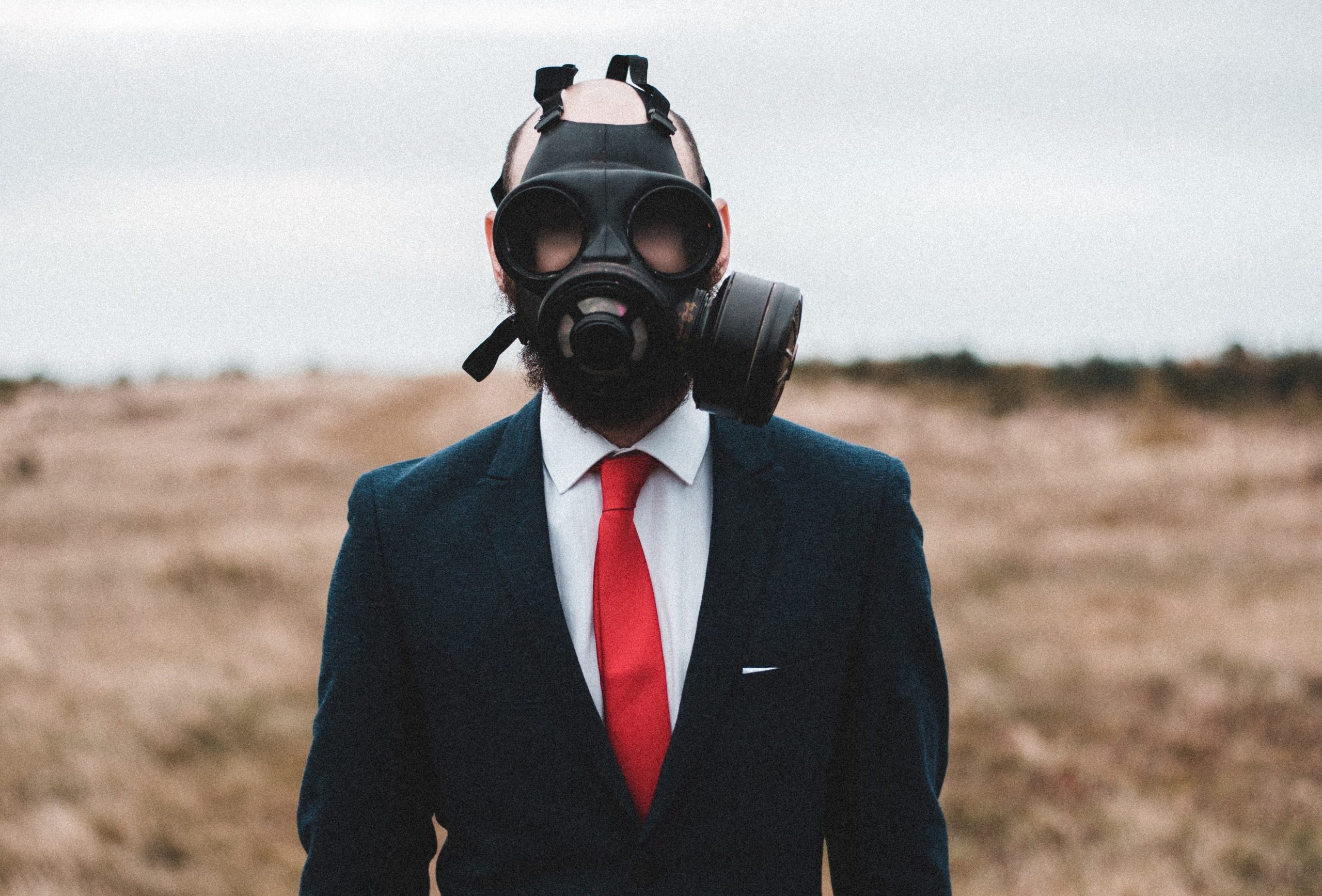Slippers and Conference Calls
Can you believe that we have been living in this weird, mask wearing, hug-less, zoom meeting, fully remote society for ten months? In less than a year, working from home has become the new normal. Companies like Twitter have suggested employees do not ever need to come back to the office if they prefer. Platforms like Zoom have replaced the meeting and conference rooms. Masks are a part of the new outfit model.
Much has changed and I’m not exactly sure how we are going to return to the office following the pandemic. Many ‘norms’ will have changed over this period, especially the dress code. If we are being honest, most of us have broken dress code violations with undertones of an outfit mullet – business up top and pajamas on the bottom. No judgement here. I am just glad you got the order correct.
Eventually this pandemic is going to end and we are all going to head back to the office. When we return, will we be sporting footie pajamas or will it be back to heels and ties?
I am hoping to cast vision around dress codes so hopefully we can all feel better, spend less, yet execute more.
Why a Change Should Happen
A funny, yet accurate, quote I have heard is that tradition is us succumbing to peer pressure from the dead. Some sets of people put forward some rules about how things should work, and we have been pressured into following them. Perhaps those rules worked for them, but times are a changin’.
The idea of professional business attire, as we know it, was started some 400 years ago. We can trace the modern suit’s origins back to King Charles II of England. He decreed that men attending the Royal Court must wear a long coat, a waistcoat, a cravat (or necktie) and trousers. Oh, and don’t forget your white wig.
400 years is a long time not to review this critical part of the business. I figured today would be a good time for this bi-milienial review.
The Water, Not the Baby
There are good arguments for dressing ‘professional’; the word is in quotes because what professionalism means is subjective in this aspect.
I digress.
For one, the employee dress code sends a visual message to the clients with whom you interact. If a broker can’t handle tucking in her shirt, how will she handle my investments? Additionally, conforming to a particular uniform model can also help to keep things organised in the workspace and focused on work.
On the other hand, I have noticed that different people work well in different ways. Everybody is different. What works for one person might not work for the other. Trying to get them all to conform is not getting the best out of the employees. You will, at best, be getting their average abilities.
Creatives and tech industry players have already hacked this, allowing their employees to express themselves through attire. Having some of the largest business market caps around, we cannot argue that they are not getting things done. Indeed, that is not a factor of donning suits and ties to the workplace every day.
At the same time, leaving everything to chance might bring chaos to the workspace fashion scene. (Memo: Darth Vadar costumes are now prohibited during new client meetings.)
The Great Compromise
A compromise is in order. Let’s loosen the 400-year-old guidelines, while keeping the workplace about work. I propose the following three guidelines for the next chapter of work fashion:
- Modesty – while employees can choose what they want to wear, they should not get more attention for their dressing than they do for their work.
- Comfort – this has to be the most significant factor here. People will perform best when in outfits that they feel comfortable in
- Top management influence – a workplace dressing culture does not change from the ground up. It trickles from the top-down. Top management should relax their dressing to not only encourage others to do the same but also show what’s acceptable without necessarily having the talk.
If anything, the months of lockdown have given us the time to redefine different aspects of life. It would be a shame to emerge from the lockdown without any changes to show for it. Why not rethink business attire? After all, outfits are meant to be changed.



0 Comments